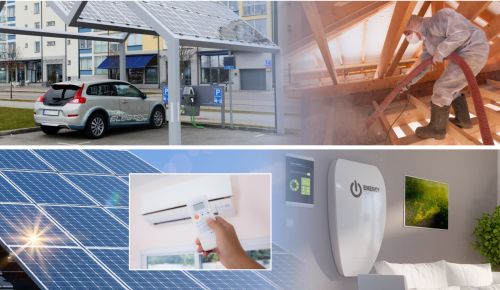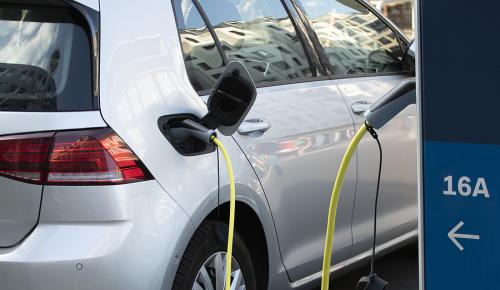Avoided Costs & Value of DERs
Distributed energy resources are integral to good energy planning. But without a full picture of the costs and benefits of these resources, planners cannot accurately compare their options. Synapse provides thorough, balanced analysis of how DERs impact electricity and gas systems and customers.

Avoided Costs
Synapse quantifies the long-term benefits and avoided costs that consumers will receive from reducing their use of electricity, natural gas, and other fuels. Major categories of avoided costs include:
- Energy and capacity cost savings for those consumers who reduce their energy use
- Reductions in carbon dioxide and criteria pollutant emissions costs resulting from reductions in energy use
- Second-order market benefits related to price suppression
- Benefits related to improved reliability
- Reduced expenditures on transmission and distribution capital projects
Synapse writes the multi-year Avoided Energy Supply Costs in New England study, a key reference funded and used by dozens of New England energy efficiency program administrators in the development of energy efficiency plans. Synapse most recently performed this study in 2021 and 2018 and has led the authorship of numerous editions of the study since its inception in the late 1990s. In addition, Synapse assesses methodologies used by utilities and other parties for estimating avoided costs, evaluating the types of avoided costs used in energy efficiency cost-effectiveness tests, calculating the avoided costs associated with renewable energy generation, and developing projections of long-term avoided costs for individual U.S. states. Synapse also provides expert testimony in avoided cost and Public Utility Regulatory Policy Act of 1978 dockets on the value of distributed solar PV and battery storage.
Avoided Costs & Grid Transformation
As the power grid transforms, robust analysis of impacts related to electrification becomes even more critical. To assist with planning, Synapse conducts benefit and cost analysis of electrification strategies including electric vehicle and heat pump deployment. These analyses include quantifying the energy and emissions impacts of moving end uses from one sector to another, as well as quantifying the cost impacts of increasing demand or spreading that demand over a wider period of hours. This analysis may include evaluation of costs and benefits in the categories listed above, as well as novel categories of costs and benefits.
Contact an Expert



